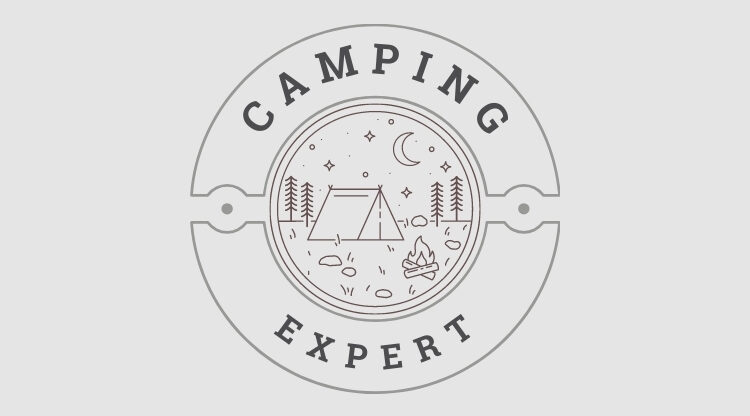It’s amazing how tiny events can sometimes trigger the beginning of something far greater.
Gazing at the stars in the night sky has often become the catalyst to a far more profound interest in astronomy and nowhere is more enjoyable to start doing this as when we go camping.
It’s a perfect way to relax and unwind at the end of a camp day’s activities and, if you’re travelling with young children, it can be a fun way to end the day and educational too.
Teaching the Children
With pre-school children, it’s usually best to begin with the basics. You can simply huddle up on a blanket and ask them to point out a few landmarks like the moon for starters. They should have no trouble with that so to make it even more enjoyable, you can start by asking them if they can see a man’s face in the moon or sing nursery rhymes that talk about the moon. The pleasure of Mum or Dad being involved in this too will spark their curiosity with the night sky even more so.
As they get a little older, it’s useful to buy them an astronomy book so they can start to identify the different major constellations such as Ursa Major (the Great Bear) and Orion’s Belt, to name just two. There are also star maps for all the different seasons of the year easily available online so they can put into practice what they’ve learned on any future camping trip where you can test them to identify the shapes of the constellations from the book or map and see if they can spot them in the night sky.
Star gazing can be educational in many ways. Your children will learn about history and about how each of the days of the week were named after objects in the sky. Geographically, they’ll learn about how sailors often used the whereabouts of the stars to navigate the oceans and, from a science perspective; they’ll soon learn how to tell the difference between a star and a planet.
What Equipment do You Need?
For the pure romantics, many campers will tell you that the beauty and wonderment of star gazing is simply lying outside the tent on a warm blanket and gazing up at the stars amidst a crystal clear night sky.
However, if your interest goes a little bit further beyond that, the one thing you’ll need is a perfectly dark sky. Camping should offer some of the best opportunities for this as you usually pitch camp far from any street lights or neon signs more commonly associated with towns and cities.
For more serious astronomers, a good telescope is essential or a decent pair of binoculars will usually be adequate. But, whether you’re using visual aids such as these or simply viewing the stars with your naked eye, make sure you are in a dark place and away from any nearby tall trees. Turn off any car lights and your mobile phone and you’ll soon notice that away from the city lights, city air and city noises, you’ll discover peace and tranquillity.
Getting Started
The best way to familiarise yourself with the night sky is to start memorising constellations. They are your ‘landmarks’ of the sky and will allow you to find other things more easily. Start with easily recognisable ones like the Big Dipper and move outwards from there. In the UK, because we are part of the Northern Hemisphere we’re lucky in that it contains a star called Polaris, more commonly known as the North Star. The location of these kinds of star ‘compass points’ is important, not only to get your bearings straight but it is also a very common process to point your binoculars or telescope at them in a process called ‘polar alignment’. And, once you get to know which way’s North, which is South and so on, you’re ready to start using your star map.
In addition to recognising constellations, most decent star maps will contain numbers next to each star. These numbers are a good indication of how bright certain objects are. The lower the number, the brighter the object. Therefore, you can ascertain how easy or difficult spotting a certain star is likely to be. But, as you become more familiar and your eyes get more used to observing the night sky, you’ll soon be able to identify fainter constellations because you will know where to look.
Spotting the Planets
The first thing to remember is that not all planets are visible year round but there are plenty of book and magazine resources and internet sites which can tell you what you can expect to see on a clear night at any given time of the year. Besides the moon and the sun, Jupiter and Venus are two of the brightest objects in the sky and Saturn and Mars can also be seen with the naked eye on occasion.
Binoculars or Telescope?
If you’re just starting out, a good pair of binoculars is probably going to be a cheaper option and has the added advantage of being able to double up for bird watching or wildlife spotting on camping trips. A tripod can also be useful to stop images from wobbling or to enable you to show another person what you’re looking at.
However you decide to approach it, simple star gazing on a camping trip is inexpensive, can be enjoyed by people of all ages and is a marvellous way to unwind at the end of the camping day. And, if you or your children become passionate about it, you never know where that may lead to in the future.
